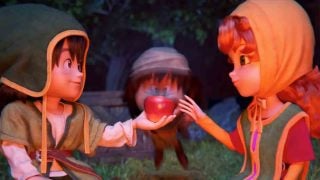Welcome back to the Smash Seminar! In this series I’ll be introducing readers to the world of competitive Smash through articles about history, characters, players and more, in hopes of getting more people involved in the competitive scene. Whether you wish to be a casual observer or a future champ, I hope this series offers a good way to get a grasp on what makes professional Smash so special.
Last time, we covered the early and middle ages of competitive Smash, from Melee’s rise to prominence in the mid-00s, to Brawl dividing the scene, to the birth of Project M, and so much more. This time, we’ll be covering recent years, from 2013 to the present, as the number of tournaments has only grown more dense with time. Without further ado, enjoy!
Part 3: EVO revival and moving towards a new age
By early 2013, the Smash community was in an odd place. Brawl was slowly dying, the game growing irrelevant and showing its age. While Melee wasn’t exactly languishing, Armada’s retirement and the fact that few paid attention to a 12-year-old game meant that it was still a far cry from the game’s Golden Age. Though Project M was successful, its position in a legal gray area and the fact that constant balance patches meant the lack of a solid meta left the future of the mod uncertain. 2013 appeared to be a potentially dangerous one for the scene as a whole – but it ended up being the complete opposite.
2013 kicked off with the announcement of Super Smash Bros. for Wii U and 3DS at that year’s E3. While many Melee players were now much more wary of the direction that Sakurai would take with the game, it also appeared that the game was in fact faster than Brawl, if still not at the level of Melee. Not to mention the usual additions – more characters, stages, modes, etc. – drew great interest in the game, particularly from Brawl players.
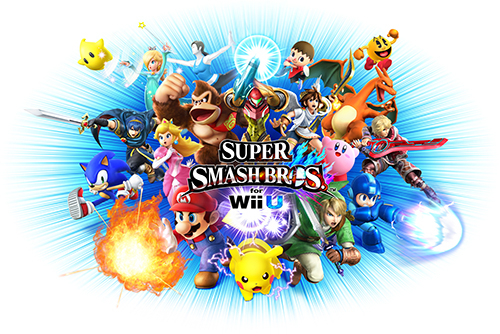
2013 was also the year online streaming became more prevalent. While Twitch had been around since 2011, the growth of more prominent eSports like League of Legends greatly bolstered interest in both competitive gaming and streaming as a whole. It would grow even further the next year, when the advent of Twitch Plays Pokémon brought droves to the site in order to take part in the “social experiment.” Other streaming services like Hitbox would also soon follow.
However, all of this was not enough. Fortunately, a saving grace appeared on the horizon: as part of a charity drive, EVO 2013 was to have its final game for the lineup decided by whichever community gave the most money. Realizing its chance to take back the limelight after over five years, the Smash community came together to push Melee as the winner, barely beating out Skullgirls for the spot. While there was some disunion at first over which Smash game should be featured, everyone was able to unite as one and make Melee the winner, thrusting the now decade-old game back into the spotlight.
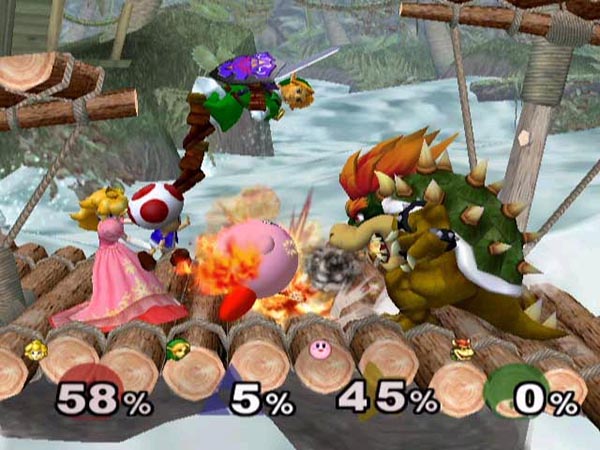
There was joyous celebration at first. Once more would Smash be seen at the world’s most prestigious fighting game tournament, and after the disaster that was Brawl at EVO 2008, everyone was excited to see their favorite players on the big stage. Armada would even be coming out of retirement to play. It would surely be the most exciting Melee tournament of all time, right?
It’s amazing that it almost didn’t happen.
While it’s not clear who exactly didn’t want Smash to be at EVO that year, the end result was that Nintendo asked EVO to not host the Melee tournament. Realizing how poor a decision that was while also recognizing how much more money and power Nintendo had, EVO struck a compromise – they could host the tournament, but just not stream it. Nintendo agreed to this, but when the news broke that there would be no Melee stream, chaos erupted.
The backlash was some of the biggest Nintendo had ever received from their Western audience. For many, this was the last straw from a corporation that refused to support their endeavors to play a game they loved for a living. Disdain towards the company was nigh-universal, as tons of websites covered the controversy, thereby drawing more attention towards the event. Within 24 hours, Nintendo receded their request and the stream was allowed to happen, drawing the cheers of many.
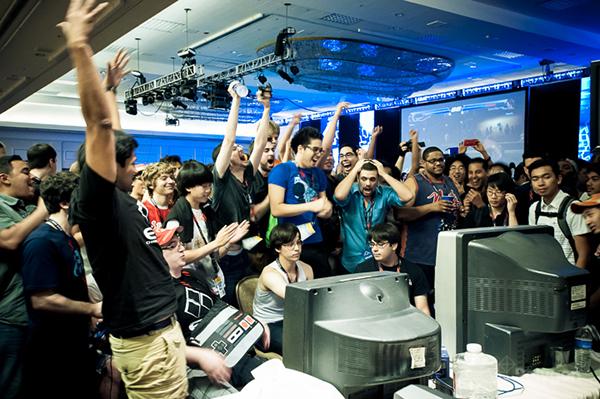
Melee at EVO 2013 proved to be a massive success. Mang0 clutched out the finals over Robert “Wobbles” Wright, becoming only the second Melee player to take EVO. For many this solidified Mang0 as the greatest competitive Smash player of all time, though this is a debate that still rages on to this day.
2013 also saw the release of the previously mentioned Smash documentary The Smash Brothers. Produced by Travis “Samox” Beauchamp, the film came at a perfect time to introduce those who had just entered the scene to the history of the game. Today, the video has millions of views on YouTube.
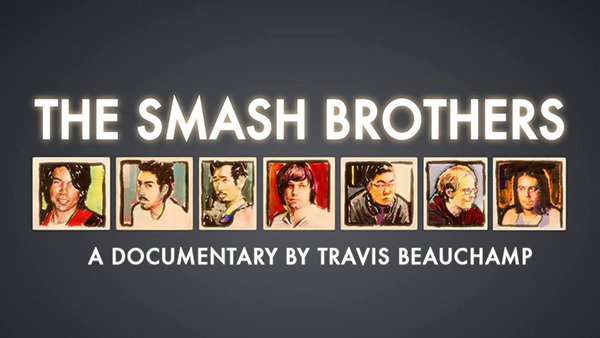
This, along with all mentioned previously, greatly revitalized the once-struggling Melee community and sent it to even loftier heights. Project M was also growing, and while Brawl was still on the downturn, the coming of the fourth Smash title was sure to cause a great migration. It was the dawn of a new era.
Part 4: The Platinum Era, the coming of Smash 4 and the fall of Project M
The so-called Platinum Era of Melee – which continues to this day – began in full swing with Dr. PeePee taking Apex 2014 over Mew2King. Despite his success, PP began to struggle with depression and hormone problems, attending less tournaments than before in efforts to solve his health issues. Changing his tag to the less embarrassing PPMD, he still performed admirably at nearly every tournament he attended, often taking them against much more experienced competition. However, the lack of presence on his part was sorely felt.
As Armada came out of retirement and struggled a bit to get back in the game, another beast from Sweden emerged. A young, cocky and often villainous young man by the name of William “Leffen” Hjelte began taking names and bragging about, earning him a reputation as a heel within the game’s metasphere. While his 2014 was great, he truly came into his own in 2015 when he successfully defeated all of the Smash gods and earned a spot in the top six as the “Godslayer.” While many disliked Leffen for his attitude (which was so bad that at one point he was banned from European Smash tournaments), nobody could deny his skill level.
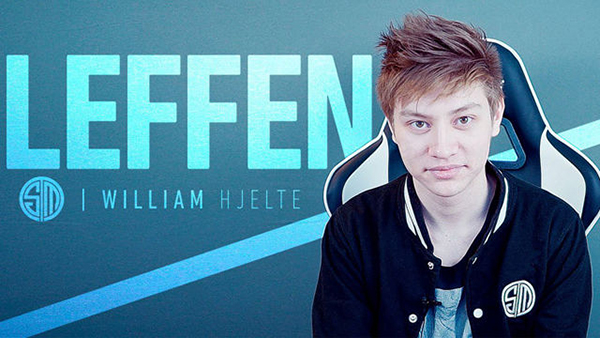
More back and forth in tournaments took place. Mang0 repeated his EVO success, this time against long-standing rival Hungrybox, and also performed well at RoM7 and The Big House 4. Hbox, Mew2King and the rest of the gods took tourneys of their own, and Melee’s success continued to grow into 2015.
At E3 2014, however, a monumental shift of another sort occurred. For the first time ever, Nintendo hosted a Smash tournament of their own to promote their new game: an invitational, held right on stage and streamed to thousands. Nintendo invited top players like PPMD, Ken and KoreanDJ along with casters like D’Ron “D1” to host in the first official Smash 4 tourney ever conducted (with a build of the game that wasn’t even finished). ZeRo ended up taking it over Hungrybox in the tournament’s Grand Finals, resulting in his first win of many, months before any other tournament was held for the game. This event was also notable for NOA President Reggie Fils-Aimé’s promise to “kick [HBox’s] ass” – a crowd pleasing taunt that was followed up on a year later at the Nintendo World Championships. Reggie lost. Badly.

The 3DS version of Smash 4 released in early October while the Wii U edition launched in November. A few preliminary tournaments were held during this time, but the first big test would come at the infamous Apex 2015: a tournament plagued by whispers, scandals and memes that would come to stand the test of time.
It all began when news broke that Apex was to be the first Nintendo-sponsored Smash tournament ever. People were excited… until it was revealed that Project M would not be involved in the event. This opened up a rift, with many criticizing the sponsorship, decrying it as unneeded, calling it threat to the grassroots feel of the community and saying it got by just fine without Nintendo’s help. Others noted how it was nice for Nintendo to officially sponsor their efforts, noting how drastically the company’s attitude shifted since the EVO 2013 incident and lambasting the opposing group for being overly critical. Regardless, the end story was that Project M would not appear at Apex 2015 – or any other Nintendo sponsored tournament in the future – due its murky legal status. This was the beginning of Project M’s problems, though the community continued to stay relevant throughout 2015.
Apex was afflicted by a host of other problems, including TO Alex Strife being accused of sexual harassment and the initial hotel being evacuated by fire marshals after the tournament had begun. Ultimately, the tournament successfully concluded, with PPMD coming back to take it over Armada in Melee and ZeRo clutching it out over Samuel “Dabuz” Buzby in Smash 4. This was one of ZeRo’s first big Smash 4 wins, well into a dominance. He would end up going nearly one whole year undefeated with a 55-tourney win streak.
2015 continued in earnest. Leffen upgraded before the summertime, taking out several competitors and clutching many tournaments. Hungrybox, having long-suffered around the fifth or sixth position, began to climb into more consistent 2nd and 3rd place finishes. But the year truly belonged to Armada, who took EVO 2015, The Big House 5 and many other contests to solidify himself as the best for 2015. Despite Hbox and Leffen nipping at his heels and both taking tourneys off him, most agree that Armada is the best in the game at the moment.
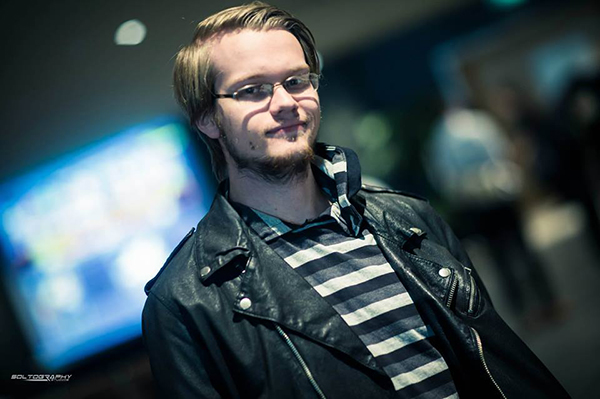
ZeRo’s win streak lasted an insane amount of time. Even after nerfs to his preferred character, Diddy Kong, he still took EVO 2015 over Ramin “Mr. R” Delshad, along with CEO, Super Smash Con and an insane loser’s run at The Big House 5. He was finally dethroned at MLG World Finals, where Nairo vanquished him in a close, ten game, two set match that’s often considered the best game Smash 4 played yet. Even then, ZeRo continued to take tournaments.
Meanwhile, the seas were rough for Project M. While it had been dropped from many big tourneys due to Nintendo’s involvement, it also found a home at many others, and Paragon LA provided the biggest entry numbers for the game in history. Determined to keep the community alive, players and spectators continued to push for the game whenever possible. Additionally, it seemed a big update was right around the corner – one that would add characters not previously seen in a Smash game.
Unfortunately, it was not to be. On December 1, 2015, work on Project M halted, and the download for the mod disappeared off the official website. While many suspect foul play and legal troubles, it’s difficult to discern the actual cause, as there are conflicting reports (once again, we’ll cover this more in the future). This dealt a devastating blow to the community. Still, as of this writing they haven’t given up and continue to fight for big tournaments and the respect they deserve.
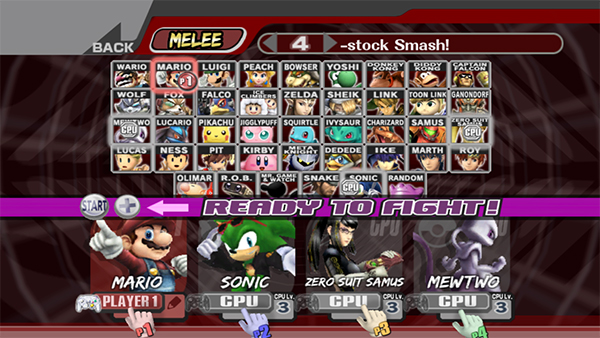
Part 5: And now, the future
Competitive Smash is doing very well in 2016 so far. It began with a bang with the return of Genesis and Genesis 3, where once again Armada and ZeRo took their respective crowns. However, more and more players are beginning to catch up to them: Hungrybox has taken a couple tournaments off Armada, as have Mang0 and Leffen (though the latter struggled for many months with visa issues). Meanwhile, after some absence due to injury, ZeRo has suffered a host of losses in the past month or so: twice to Larry “Larry Lurr” Holland at 2GGT Mexico Saga and CEO 2016, once to Jason “ANTi” Bates at a Wednesday weekly, twice to Ally at GOML 2016 and Smash N’ Splash 2 and even a low-tier Palutena main also at CEO (where he placed 9th, the lowest he’d ever achieved in a Smash 4 tournament). Both Melee and Smash 4 are prone to upsets, mix-ups and more, and it’s likely one of the most exciting times to be a Smash fan.
Project M continues to fight for survival, with several tournaments featuring the game during the past couple of months. Brawl is still played occasionally at giant tournaments like Super Smash Con, even if its glory days are long gone. Even Smash 64 is growing competitively, after enjoying a huge spotlight at Genesis 3 in January. Every game has a spot for everyone, and it appears that the competitive aspect isn’t going away anytime soon.
Until next time
Phew! That was a lot to cover. That’s what you get when you have a nearly fifteen-year-old community. Pretty soon, it’ll be old enough to drive. Before then, though, there’s always time to settle it in Smash.
Thanks for reading this edition of the Smash Seminar! We covered a lot of ground and I hope you enjoyed reading it as much as I did writing it. Next time, we’ll be covering the basics of competitive Melee, with the big characters, legal stages and basic rulesets. Until then, stay smashing!
EVO 2013 image source.
Armada image source.
